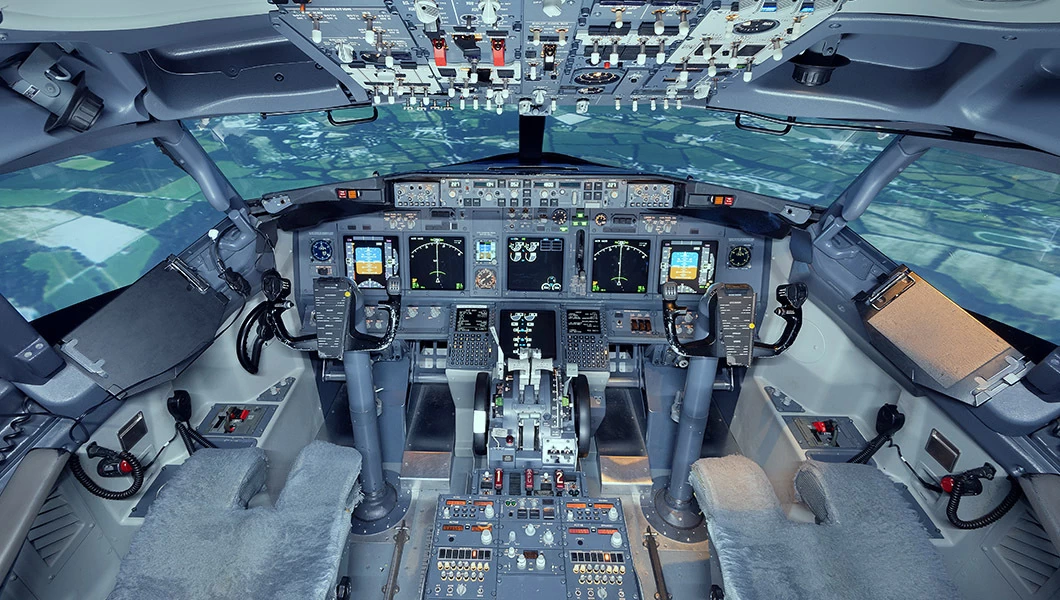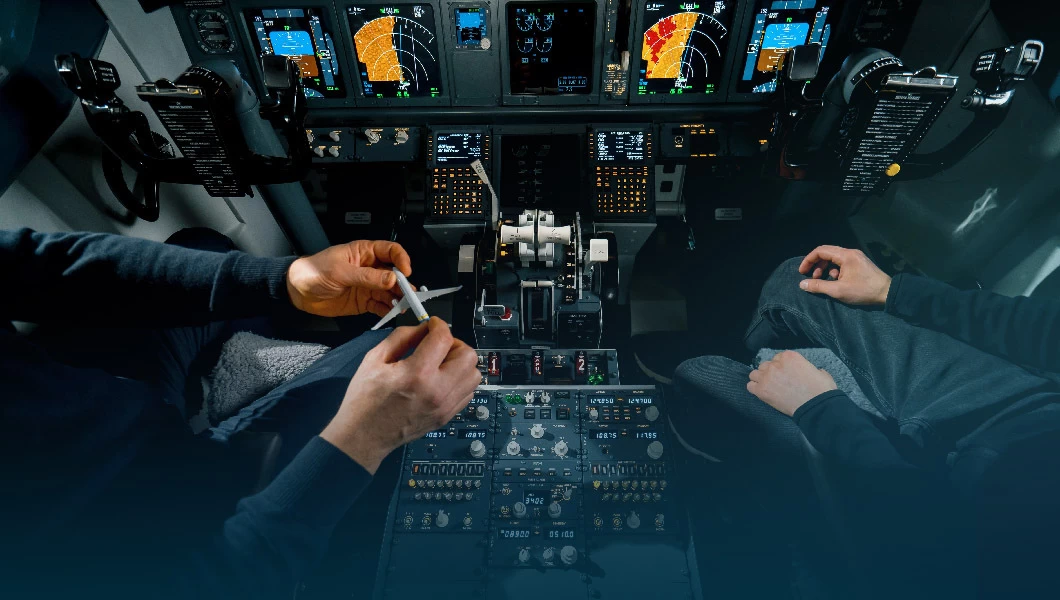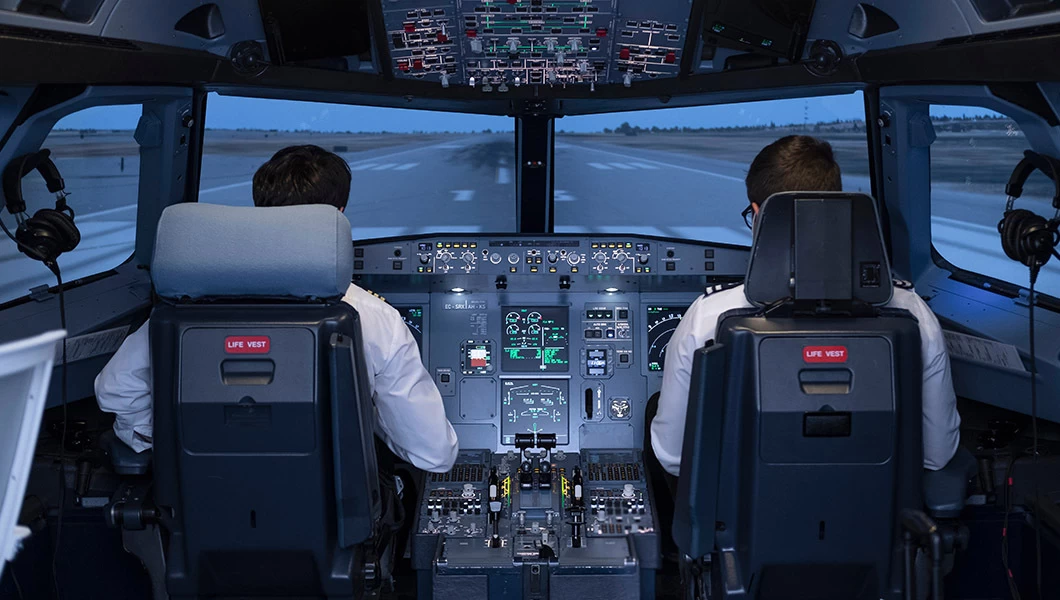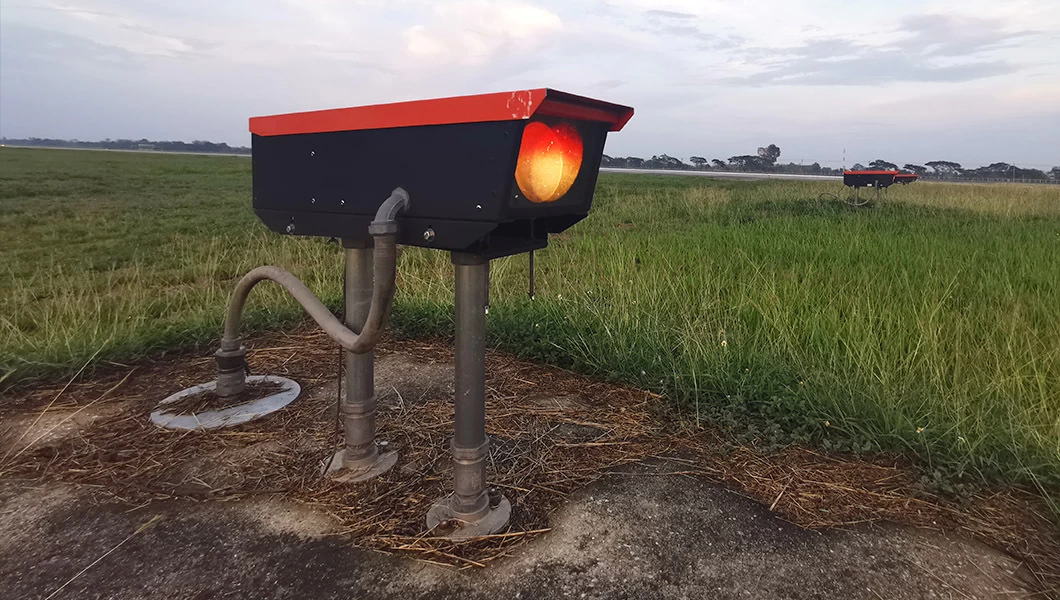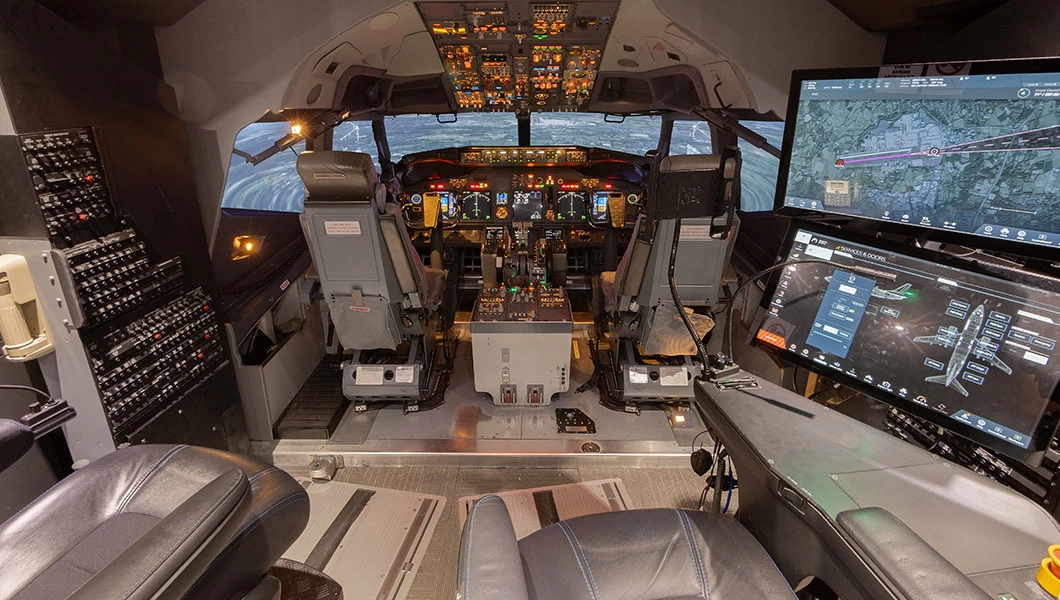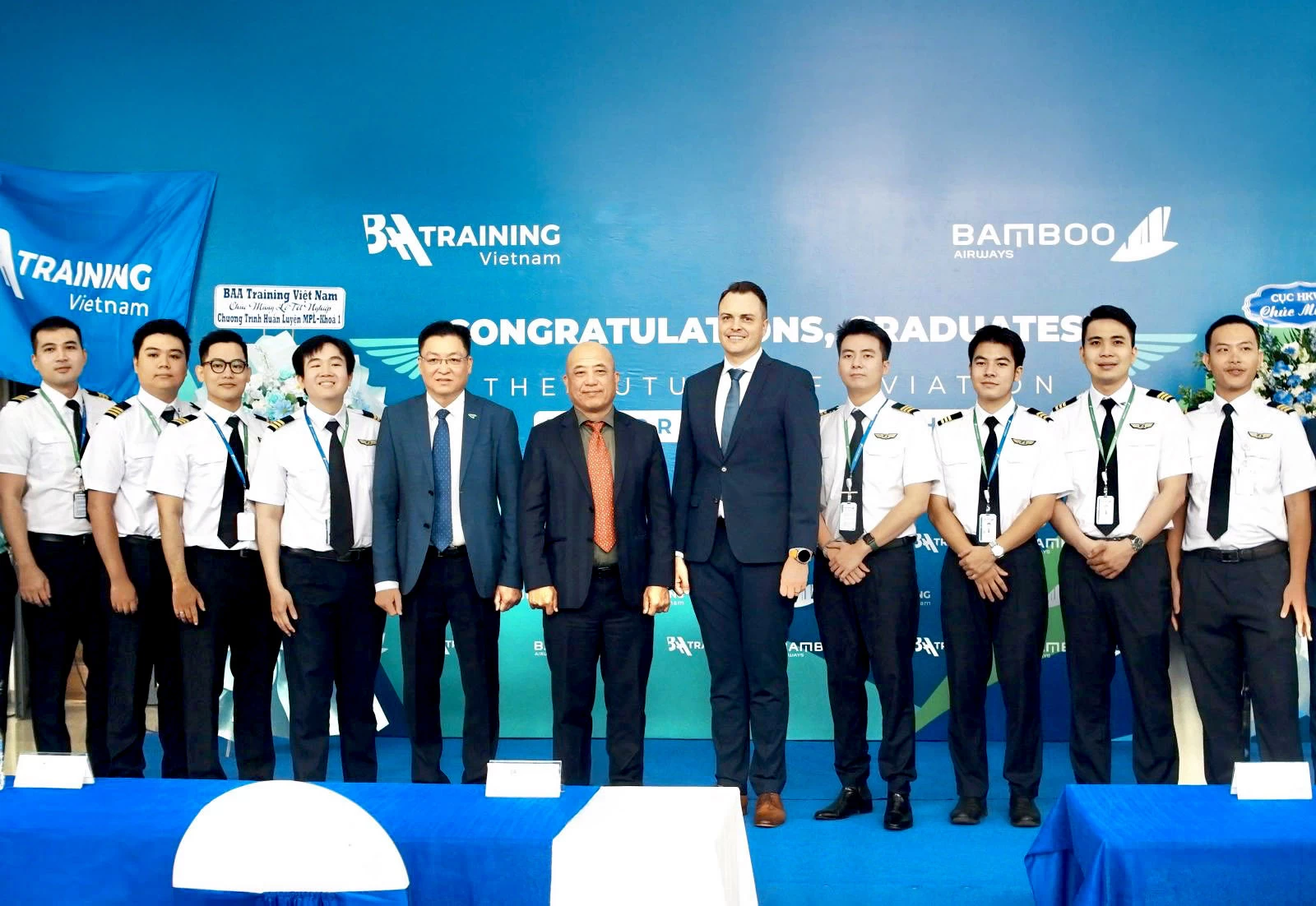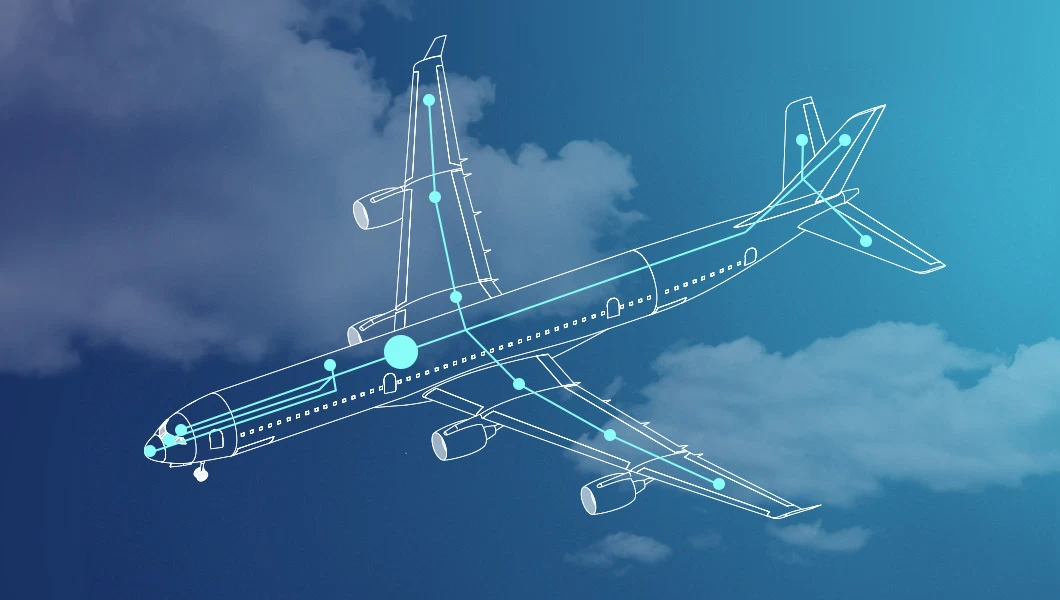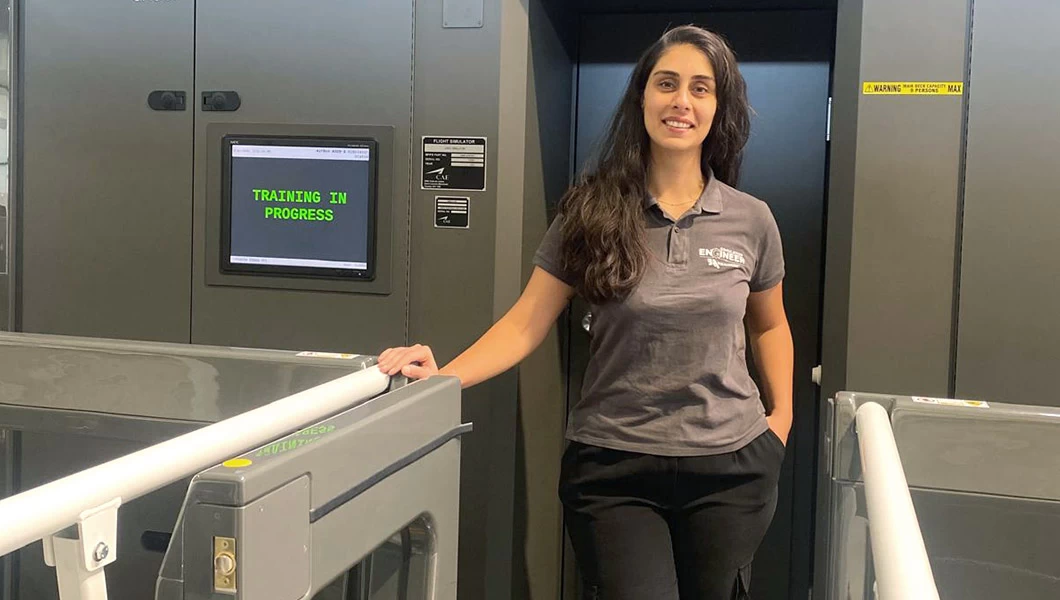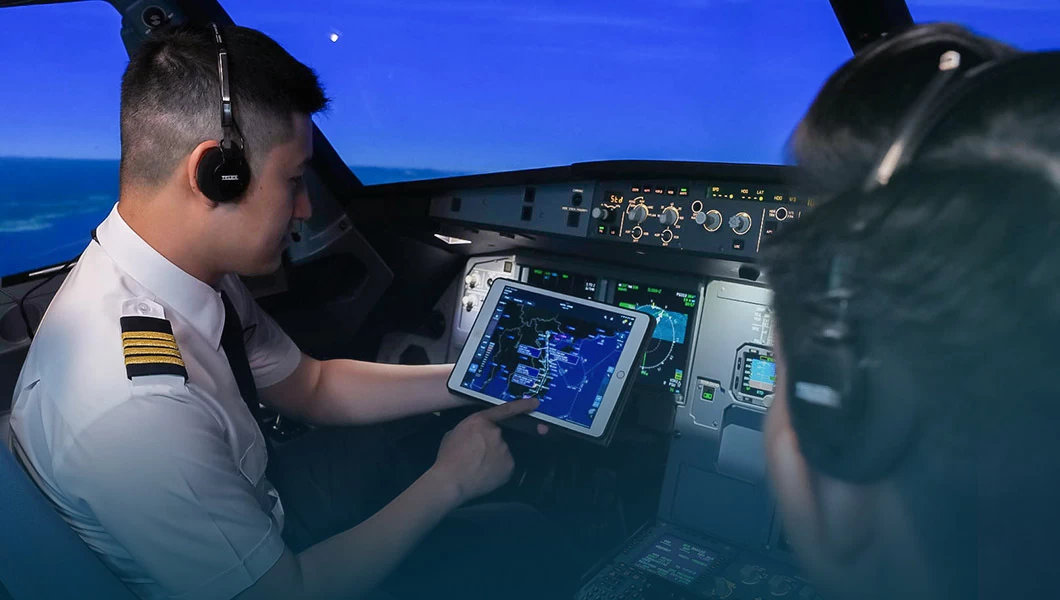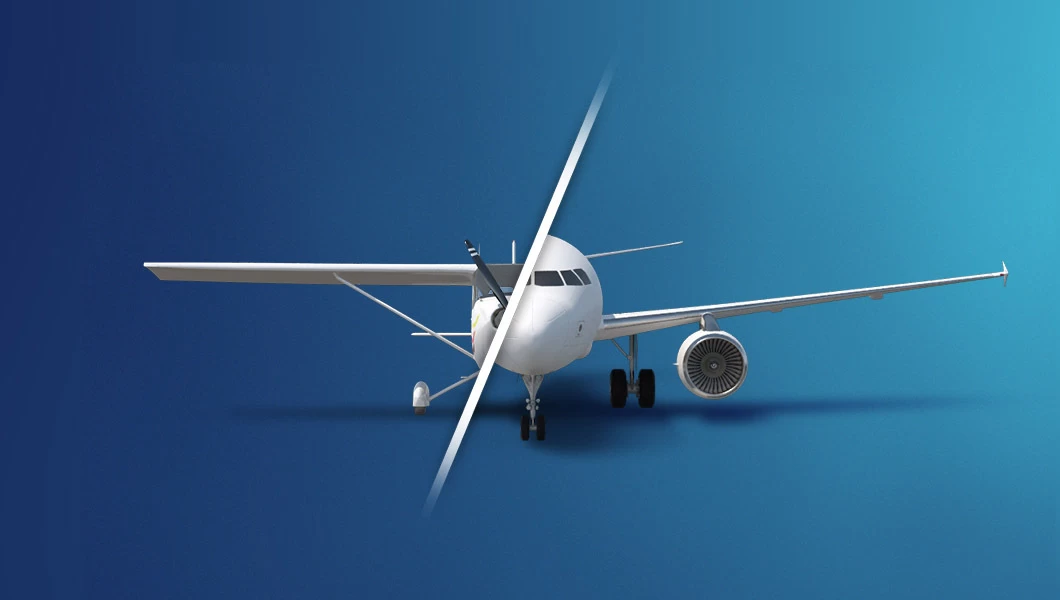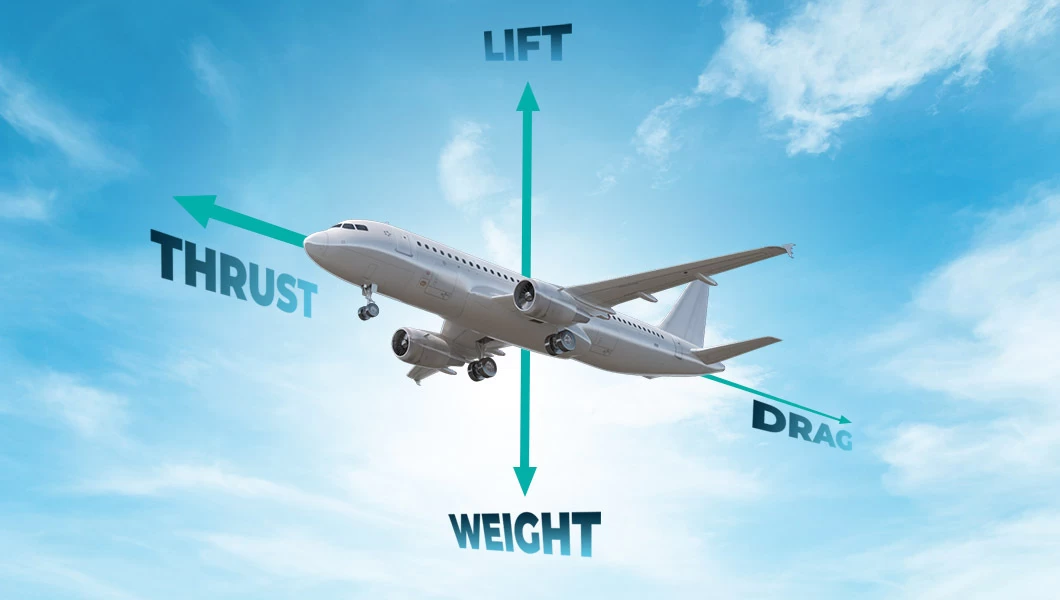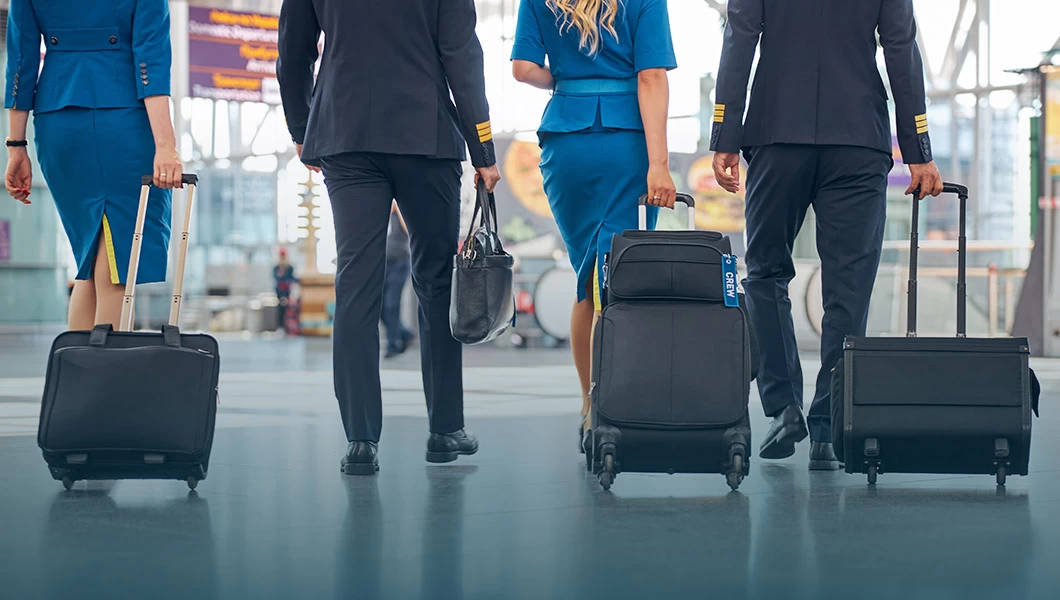However, in many cases, the duration of achieving a commercial pilot license is much quicker than opting for a different profession with questionable job opportunities afterward. In this article, we’ll explore the typical timelines for ATPL Integrated training options available at our academy and their benefits.
Flight school after the ground school
This is a “traditional” way where students first complete ATPL theory and then start the much-anticipated flight training. Separating theory and flight training allows students to fully immerse themselves in the academic aspects of theory before applying their knowledge to real-world scenarios. It is, so to say, a structured approach that can be beneficial for those who prefer a clear, step-by-step progression in their training.
Structure and duration
First, students study 13 subjects, including aviation law, aircraft systems, meteorology, and others. This stage includes BAA Training school exams, Advanced Upset Prevention and Recovery Training (AUPRT) theory, Area 100 Knowledge, Skills, and Attitudes (KSA), long briefings, and Multi-Crew Cooperation (MCC) theory. The essential CAA exams are taken intermittently after each module (which means every 3-5 subjects). Only after passing all 13 CAA exams (at the same examination center), students are good to go for the flight training.
Speaking of the duration, the whole process of ground school followed by flight school can take up to two years, with flight time rounding to 217 hours, skill tests included. Accumulating these flight hours is crucial for meeting certification requirements and advancing in a pilot career.
Student’s first-hand experience
For a truly objective opinion, there’s nothing like hearing from someone who’s been there. That’s why we turned to Ji Soo Kim, a current student in the BAA Training ATPL Integrated program, to share her insights on why she chose the standard option.
And this is what she answered: “I chose the standard option because I was trying to get the visa to Spain, but it was easier to go to Lithuania, so I thought I should try. Also, the standard option seemed appealing at the time because I was thinking perhaps it would be good to get the idea/big picture of the whole flying aspect before starting to do the practical part. If the courses were sort of mixed and you had few courses happening at once, spending 8 hours a day at school may feel different. It may feel like there are many things to learn, but you get bits and pieces that could feel less intense.”
“However, it truly depends on each person. If you’re the type of person who likes to have your hands on and understand things this way, then the opposite approach could work for you. I personally would have enjoyed doing the opposite program if it had been created in a way that you could do some theoretical courses, respectively, with flying. For example, Instrumentation, Principle of Flight, Meteorology, General Navigation, and Flight Planning – also a bit of Communication could definitely help while you fly the plane. Overall, each option has its own perks and benefits.”

We also asked Ji what she likes about the ground school most and if she is looking forward to the next part. “Each course has its depth, and you gain so much knowledge in such a short period of time. I hope that once I have more time, I can revisit these subjects and get to the nitty gritty part of each subject. I thoroughly enjoyed learning with different instructors who try to get the students to understand as much as they can in their power. I appreciate the instructors and hope to be able to explain things as well as they can.
“Regarding flight school, I am most definitely looking forward to it! I think theory days may be missed in a different aspect, but I am more than ready to start the next chapter! It’s time to perform in a way where I can apply my knowledge and go forward with my piloting career, “shared Ji.
Flight school merged with ground school
This is a less “traditional” but still commonly offered way of completing the ATPL Integrated program, which an increasing number of students prefer to the other one. The logic is as follows: theory and flight training go alongside each other rather than in separate chunks.
Similar ARTICLES
For example, theory lessons can be scheduled for the morning, followed by flight training for the afternoon, or vice versa. This approach is much more dynamic as it allows students to immediately apply what they learned in the classroom and understand and retain information better. In fact, it makes the transition from one stage to another smoother and enables them not to get bored! Also, it is an absolute time-saver as training managers can assign them theory lessons instead of flying when weather conditions are unfavorable. Swiping one with the other is impossible in the traditional lineup.

Structure and duration
When it comes to the program structure, there are some key differences compared to the conventional ATPL Integrated program. Here, training is completed in two phases. Phase 1 focuses purely on basic theory with fewer hours, preparing you “just enough” to be able to hop on the plane. After Phase 1, students work on their flying skills for one month, followed by a more intensive Phase 2. There, theory and practice are merged, with theory hours gaining momentum. As for the CAA exams, the principle is the same as in the standard variant—students take the exams after each module.
Last but not least, a significant benefit of this precise phase-based approach is that the total program duration is considerably shorter than the regular program. The students who choose this path can obtain their CPL license in up to 18 months. It’s important to note that neither the ground school hours nor the flight school hours are reduced; they are simply “squeezed into” a tighter timeframe. In other words, time optimization is handled more efficiently.
Your PILOT CAREER
starts with a first click
Student’s first-hand experience
After reading that all, you might wonder, “How is it possible to handle exam preparation while simultaneously being busy with flight training?” Nobody promises it is a piece of cake, but everything is manageable when you plan and study responsibly.
Here is what a BAA Training student, Francesco Oggiano, who is currently in Phase 2 and has passed almost half of the CAA exams, thinks: “I chose the combined program with theory and flight primarily to save time. This course can be shorter, potentially saving you 3 to 4 months of training depending on factors such as weather and the timetable. Another advantage is that the entire course takes place in Lleida, Spain, so you don’t need to move between the theory and flight phases. I prefer Spain over Lithuania because of the better weather and easier travel home. Last but not least, I believe that flying during theory offers significant advantages. It’s easier to understand theoretical concepts when you have the chance to apply them in the sky. Additionally, when theory becomes tough and motivation wanes, it’s just what you need to fall back in love with aviation and our future job.”

“Of course, doing theory and flights alongside each other is challenging. You need to be well-organized and sometimes prioritize training over other aspects of your life, as this is a full-time program. Fortunately, BAA Training has tried to find the best solutions for scheduling our flights and theory. Typically, we focus on one theory subject and then spend 2 or 3 weeks in the flight phase. This approach is beneficial after tackling tough subjects, as the flight phase gives us enough time to study and improve our knowledge before CAA exams.”
“The hardest part is probably the intensity of the course. We push ourselves to “TOGA” (Take Off/Go Around) mode most of the time, so at some point, both body and mind need rest. However, the flight phase can sometimes be less stressful since we don’t fly every day, giving us time to review the theory. Coping with fatigue is also a challenge because we need to be fresh and fully prepared for every flight. But in the end, everyone is capable. You just need to know yourself, stay highly motivated, and have the courage to take the first step.”
Conclusion
Ultimately, both training methods have their unique advantages, and the best choice depends on individual preferences, learning styles, and career goals. While the traditional method of separating ground school and flight training offers a structured, step-by-step approach, the combined theory and flight training program offers a more dynamic path.
Please keep in mind that at our school, both approaches are available not only for the ATPL Integrated program but also for the BAA Training cadet program, both of which prepare you to become a commercial pilot and build a rewarding career.


